Some links to products and partners on this website will earn an affiliate commission.
What would you think if I told you that I can barely remember the last time I was on a long-haul flight and wasn’t seated in Business or First Class, or that I frequently stay at hotels that charge £300+ per night?
Presumably, you would think I was loaded, lying, or have a fantastic expense account.
All good guesses, but all wrong.
The answer is simply that I got interested in Airline Miles and Hotel Points a while ago, and haven’t looked back since!
Understanding Points and Miles
There is no denying that the world of Frequent Flyer Programmes, Hotel Loyalty Programmes, Airline Miles / Avios, Hotel Points etc, can be confusing for a beginner. The amount of information available online is overwhelming, and trying to get to get to grips with it can easily lead to information overload. So much of it is focused on people living in the United States too, which makes it even harder.
Throwing your hands up in frustration and deciding not to bother would be a completely understandable reaction, but it would also leave you missing out on so much.
Fortunately, it doesn’t have to be that way – a few simple, practical steps can help make your travel a lot cheaper and a lot more luxurious.
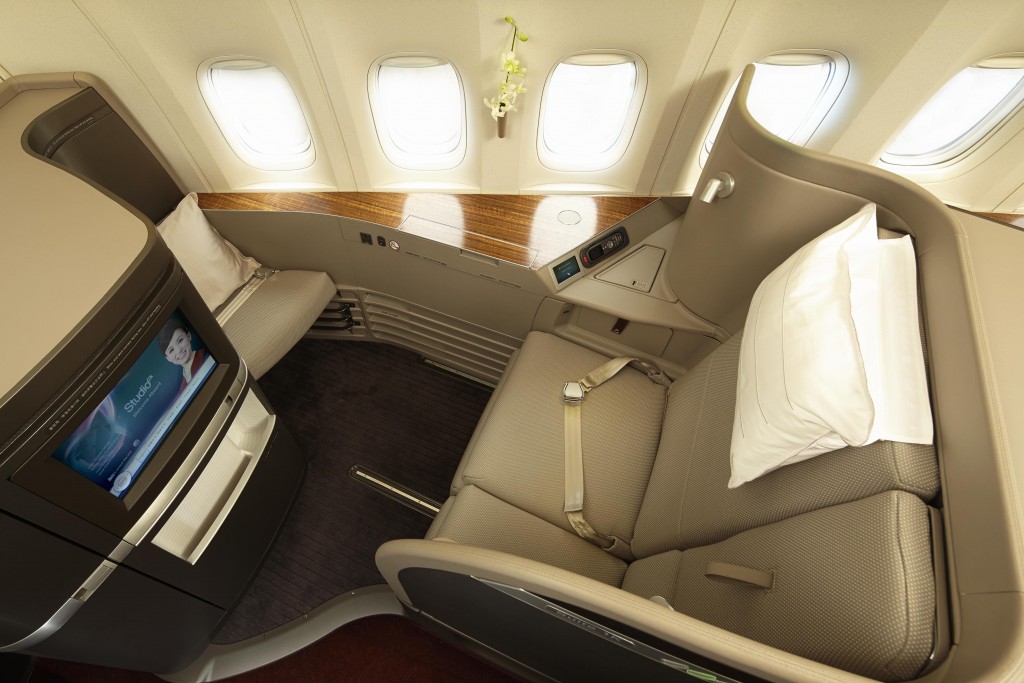
I’ve been promising friends and family a beginner’s guide for a long time now – so over the course of this short series of posts I’m going to show you exactly how best to get started.
Are Points And Miles Really That Good?
Let me be clear – I’m not hugely interested in saving 10% here and there (nice as that may be).
What I’m talking about is travelling for a fraction of what you might normally pay; being able to fly in Business or First Class for less than the price of Economy tickets; staying at 5* hotels in incredible locations for less than a 3* hotel on the outskirts of town.
This sort of thing:
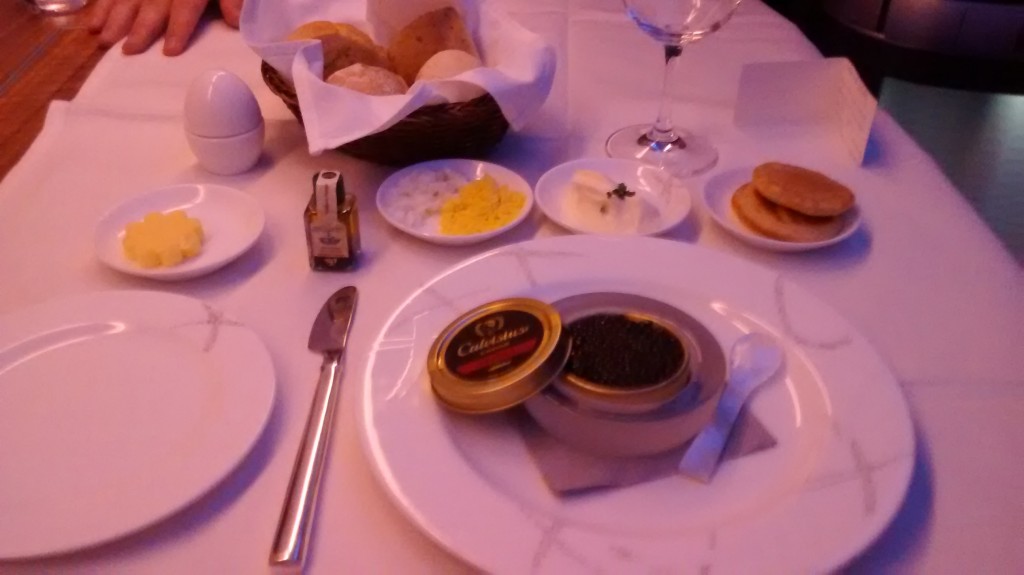

I’m aware that this may sound a little implausible, but the fact is I’ve been doing it for years – and if you keep things simple, it’s really not that hard.
There are just two pairs of fundamental things you need to have a basic grasp of to get started:
- Airline Loyalty Programmes and Hotel Loyalty Programmes
- How to collect Miles or Points in these programmes easily/cheaply, and how to then use those Miles / Points sensibly.
Airline Loyalty Programmes
Airline loyalty programmes exist primarily to reward people who fly regularly with the same airline, in the hope that perks for frequent flyers make them more likely to carry on choosing that airline. This is done in two main ways – ‘Elite Status’ and ‘Frequent Flyer Miles’.
Elite Status is all about providing benefits like free upgrades, extra baggage allowances, and lounge access to the airline’s best customers to help keep them loyal. I wouldn’t waste any time thinking about that at this stage.
Frequent Flyer Miles were originally created as a sort of rebate, again to encourage loyalty to a particular airline. The idea was that the more you flew with an airline, the more Miles you would earn, which you could then use for more free flights.
You can, of course, still earn Miles from flying, but unless your job involves a lot of international travel, it’s rarely going to be a hugely significant amount for most of us these days.
The real opportunity to fly better for less came when the airlines realised they could sell their Miles to other types of businesses which then use those Miles as bonuses to help entice new customers, or to get existing customers to spend more with them. Put it this way, selling something intangible like financial products can be tough, but if you give new customers some Frequent Flyer Miles you can suddenly put pictures of exotic destinations, champagne and beautiful First Class cabins all over your promotional material. It makes selling anything ‘boring’ a lot easier.

At a later date I’ll write more about why businesses buy Miles for marketing, and how it can benefit everyone involved (the airline, the business, and the consumer) as it’s something I find quite interesting. For a beginners guide though, all you need to know for now is that the vast majority of your ‘Frequent Flyer’ Miles are going to come from things other than flying.
The two main airline programmes those of us in the UK need to know about are British Airways Executive Club and Virgin Atlantic Flying Club. British Airways calls their Miles “Avios” and Virgin sticks to the more traditional “Flying Club Miles”.
Hotel Loyalty Programmes
All the big hotel groups have loyalty programmes too. The main ones are:
- IHG Rewards Club (Intercontinental, Holiday Inn, Crowne Plaza etc)
- Hilton Hhonors (Hilton, Conrad, Waldorf Astoria etc)
- Marriott Rewards (Marriott, Renaissance, AC Hotels etc)
- Accor ‘Le Club’ (Sofitel, Novotel, Mercure etc)
- Starwood Preferred Guest (Sheraton, Westin, Le Meridien etc)
- Hyatt Gold Passport (Hyatt, Hyatt Regency, Andaz etc)
- Club Carlson (Radisson Blu, Park Plaza, Park Inn etc)
If you’ve got a quiet hour you can read about each one in detail by clicking the links above to our detailed guides, but at this stage the broad similarities between the programmes are much more important than any differences between them.
In fact, they all basically work in a similar way to the airline loyalty programmes – offering ‘Elite Status’ to frequent guests which awards perks like upgrades or free breakfast, and Points for staying that you can then use to book free nights or redeem for other benefits.
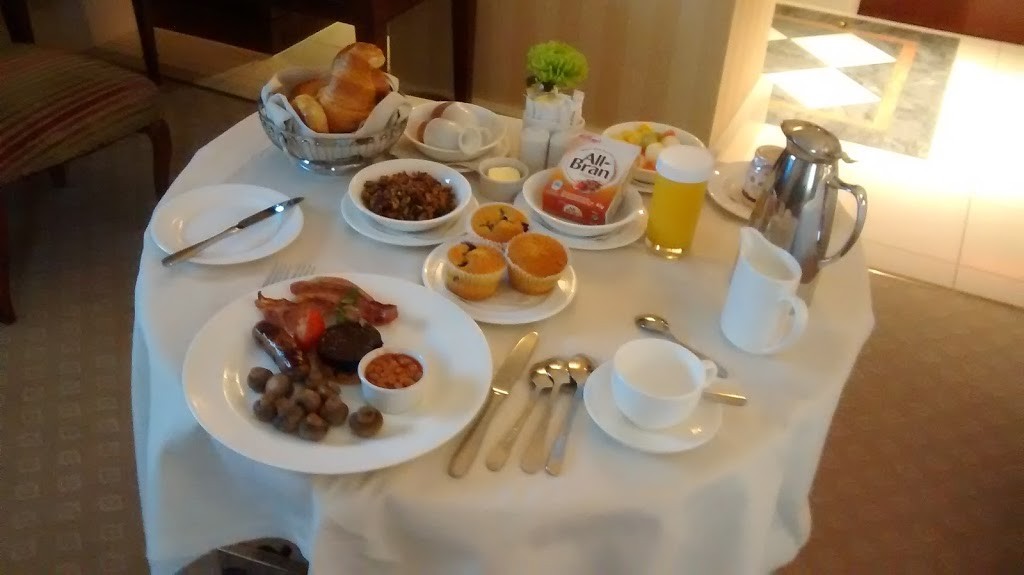
Hotel loyalty programmes have also got smart to the idea of selling their Points to other types of businesses, who then use them for sign-up bonuses and other marketing initiatives to attract customers (Finance is boring! Holidays are fun! is the general concept once again).
A key difference between airline loyalty programmes and hotel loyalty programmes though, is that earning Points from actually staying at hotels can make a lot of sense too, in a way that flying primarily to earn Miles rarely does.
At any given time, at least one of the main hotel loyalty programmes usually has a generous promotion going on. Taking advantage of these promotions means that if you stay somewhere relatively cheap during a good promotion, you can earn enough Points to stay at a much nicer hotel or in a much more expensive city for free next time.
Again this might sound a bit too good to be true, so I’ll give you a concrete example to illustrate the point:
Last year I spent some time in Portugal at the Holiday Inn Algarve (read my review, it’s a great place!) – as a Holiday Inn, it’s a member of IHG Rewards Club.
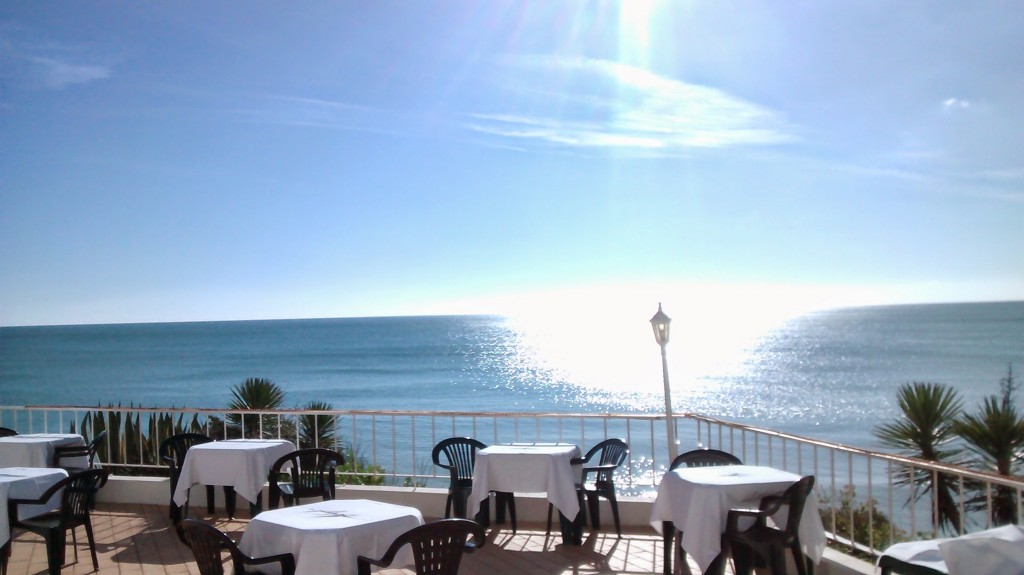
IHG Rewards Club had a very generous promotion at the time which meant that if I stayed two separate nights at any IHG hotel, I would earn one free night to use at any of their hotels (they have about 5,000 hotels all over the world, so plenty of choice!).
Out of season, the Holiday Inn Algarve regularly costs less than £20.00 per night, so for less than £40.00 I was getting two nights at a very nice hotel in the Algarve AND a free night certificate to use at any other IHG hotel.
I used my free night at the 5* Intercontinental Park Lane (which I’ve also reviewed) in London, on a night when the cheapest rate at the hotel was over £400.00!
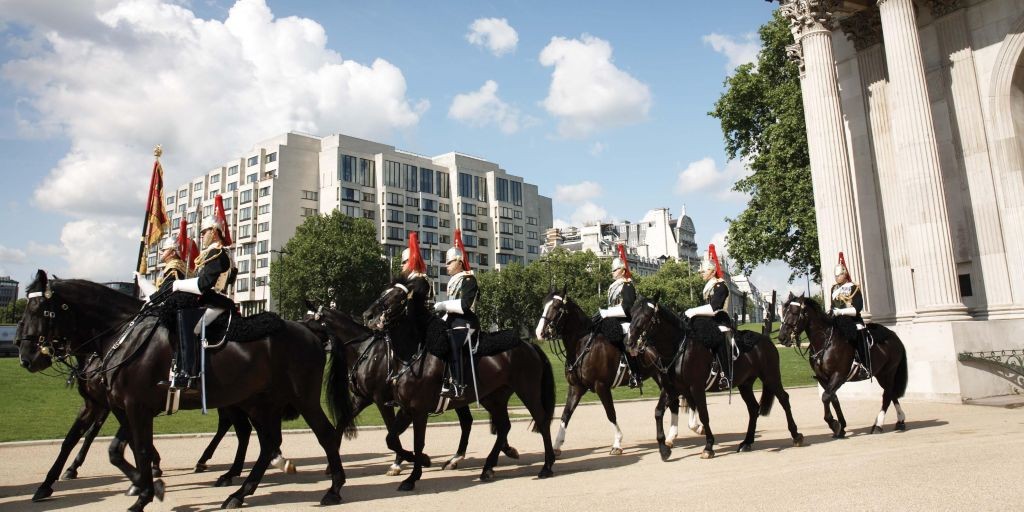
This is an extreme example, as the promotion was very generous, the first hotel very cheap and the second hotel very expensive – but it does demonstrate extremely well what can be done with just a bit of knowledge and planning.
Take a look at my recent piece on how to stay at Marriott hotels for less than £25.00 by stacking deals for a more typical example.
Getting Started
Now that I’ve outlined the basic ideas involved, I will be producing a short series of simple, practical steps for you to follow. Each one will only take five minutes to complete, and I’d recommend just doing one each day. That way you’re not going to feel overloaded by information, but by the end of the week you will be well on your way to travelling better for less!
Posts:
Earn Avios / Virgin Flying Club Miles With Tesco Clubcard
12,000+ Avios / Virgin Flying Club Miles With TopCashback
3,350+ Free Avios / Virgin Flying Club Miles
The information in this series is very much for beginners and may seem a bit obvious/boring for more experienced readers. The number of times friends and family have enthusiastically asked me to explain how I travel like I do and how they can do the same, but then glaze over as they begin to lose track of the details, suggests that a practical step-by-step guide should be helpful for beginners.
There will continue to be lots of more advanced content, as well as the usual news, deals, tricks, tips and reviews on InsideFlyerUK, so keep reading!

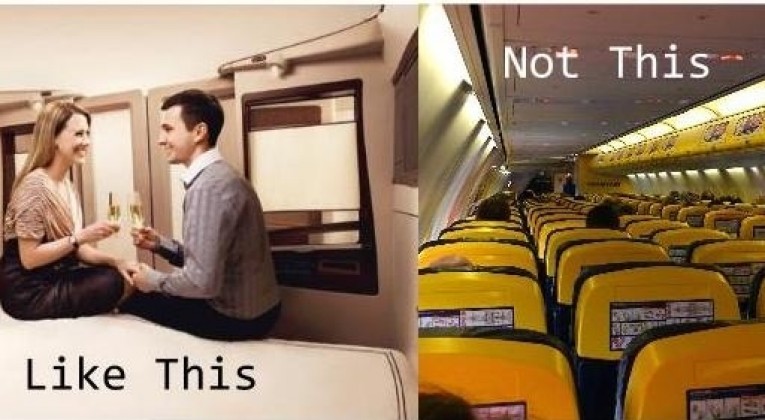

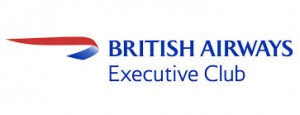
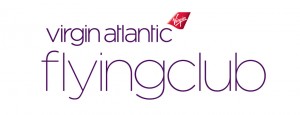



Leave a Reply